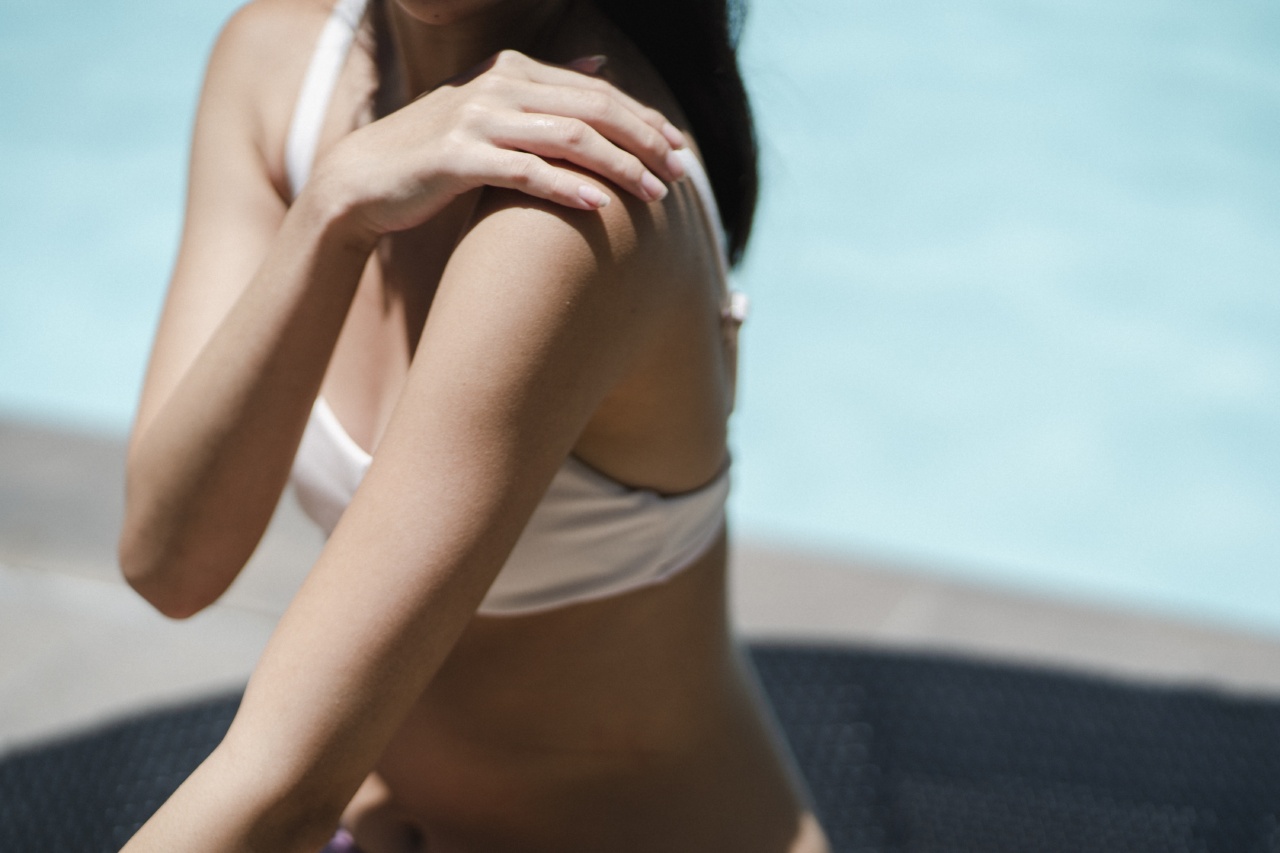Protecting babies from the harmful effects of the sun is very important. The sun’s UV rays can do damage to the skin, which can lead to sunburn, skin cancer, and other skin problems.
Applying sunscreen is a great way to protect your baby’s skin, but you might be wondering when it’s safe to apply sunscreen on your baby. In this article, we will discuss everything you need to know about when it’s safe to apply sunscreen to your baby.
What is Sunscreen?
Sunscreen is a lotion, cream, or spray that is designed to protect the skin from the sun’s harmful UV rays. It contains various ingredients that help to absorb or reflect the UV radiation.
Sunscreens are available in various forms, including lotions, gels, creams, sprays, and sticks. The American Academy of Pediatrics (AAP) recommends using a broad-spectrum sunscreen with an SPF (sun protection factor) of at least 15 on babies who are six months and older.
When Can You Start Using Sunscreen on Your Baby?
The American Academy of Pediatrics (AAP) recommends that babies under six months should avoid direct exposure to the sun.
This is because their skin is very sensitive, and using sunscreen on their delicate skin may cause irritation or allergic reactions. Therefore, it is best to avoid exposing them to the sun’s harmful rays as much as possible.
However, if it’s impossible to keep your baby out of the sun, it’s recommended to use protective clothing such as hats, long-sleeved shirts, and long pants.
Additionally, it’s important to use shade, like an umbrella or canopy, and to keep your baby well-hydrated.
If your baby is six months old or older, it’s safe to use sunscreen on their skin. Before applying any sunscreen to your baby, make sure you do a patch test first.
Apply a small amount of sunscreen on a small area of your baby’s skin, such as the back of their hand or foot, and observe for any signs of irritation or allergic reactions. If there is no reaction, then you can proceed to apply sunscreen on their entire body.
What Type of Sunscreen Should You Use on Your Baby?
When it comes to choosing the right sunscreen for your baby, it’s important to look for a product that is specially formulated for babies and toddlers. These products are usually fragrance-free, hypoallergenic, and have a high SPF.
According to the American Academy of Dermatology (AAD), you should choose a sunscreen that has an SPF of at least 30 and is labeled as “broad-spectrum.” This means that it will protect your baby’s skin from both UVA and UVB rays.
Additionally, choose a water-resistant sunscreen if your baby will be in the water or sweating.
It’s also important to read the label carefully and follow the instructions for use. Apply the sunscreen generously over all exposed skin, and reapply every two hours or more frequently, if necessary.
What are the Precautions to Take When Applying Sunscreen on Your Baby?
While applying sunscreen on your baby, it’s important to follow some safety precautions to avoid any adverse reactions. Here are some precautions to take when using sunscreen on your baby:.
- Avoid applying sunscreen around your baby’s eyes and on their eyelids.
- Use sunscreen on all exposed parts of your baby’s skin but avoid applying it underneath their clothes.
- Avoid using spray sunscreens on babies since they may inhale the spray particles, which can be harmful to the lungs.
- Use sunscreen even on cloudy or overcast days, as UV rays can still penetrate through clouds.
- Avoid applying sunscreen on broken or irritated skin, including rashes or wounds.
- Keep your baby out of direct sunlight as much as possible to protect their skin.
What are the Signs of Sunburn in Babies?
Sunburn is a skin condition that happens when the skin gets exposed to the sun’s UV rays for too long. Sunburn can cause redness, swelling, and discomfort.
In babies, sunburn may be more severe, and therefore, it’s essential to recognize the signs of sunburn in babies. Here are some signs of sunburn in babies:.
- The skin becomes red and warm to the touch
- The skin becomes tender and painful
- The skin may blister and peel
- The baby may feel irritable and uncomfortable
- The baby may develop a fever or headache
If your baby develops sunburn, it’s essential to take immediate action to provide relief. You can apply cold compresses to the affected area, give your baby a lukewarm bath, and use a mild, fragrance-free moisturizer.
Additionally, it’s crucial to avoid exposing your baby to the sun’s rays until the sunburn has healed completely.
Conclusion
Protecting your baby from the sun’s harmful UV rays is very important. By following the guidelines mentioned above, you can ensure that your baby’s skin is well-protected and minimize the risk of sunburn and other skin problems.
Remember to always use sunscreen on babies who are six months or older, choose the right type of sunscreen, and follow the instructions for use carefully. Additionally, take adequate precautions to protect your baby’s skin, like using protective clothing and shade whenever possible. With these measures, you can help keep your baby safe from the harmful effects of the sun.































